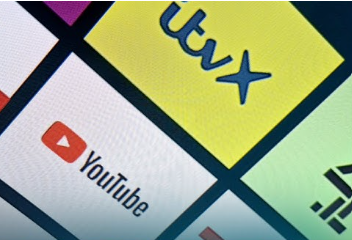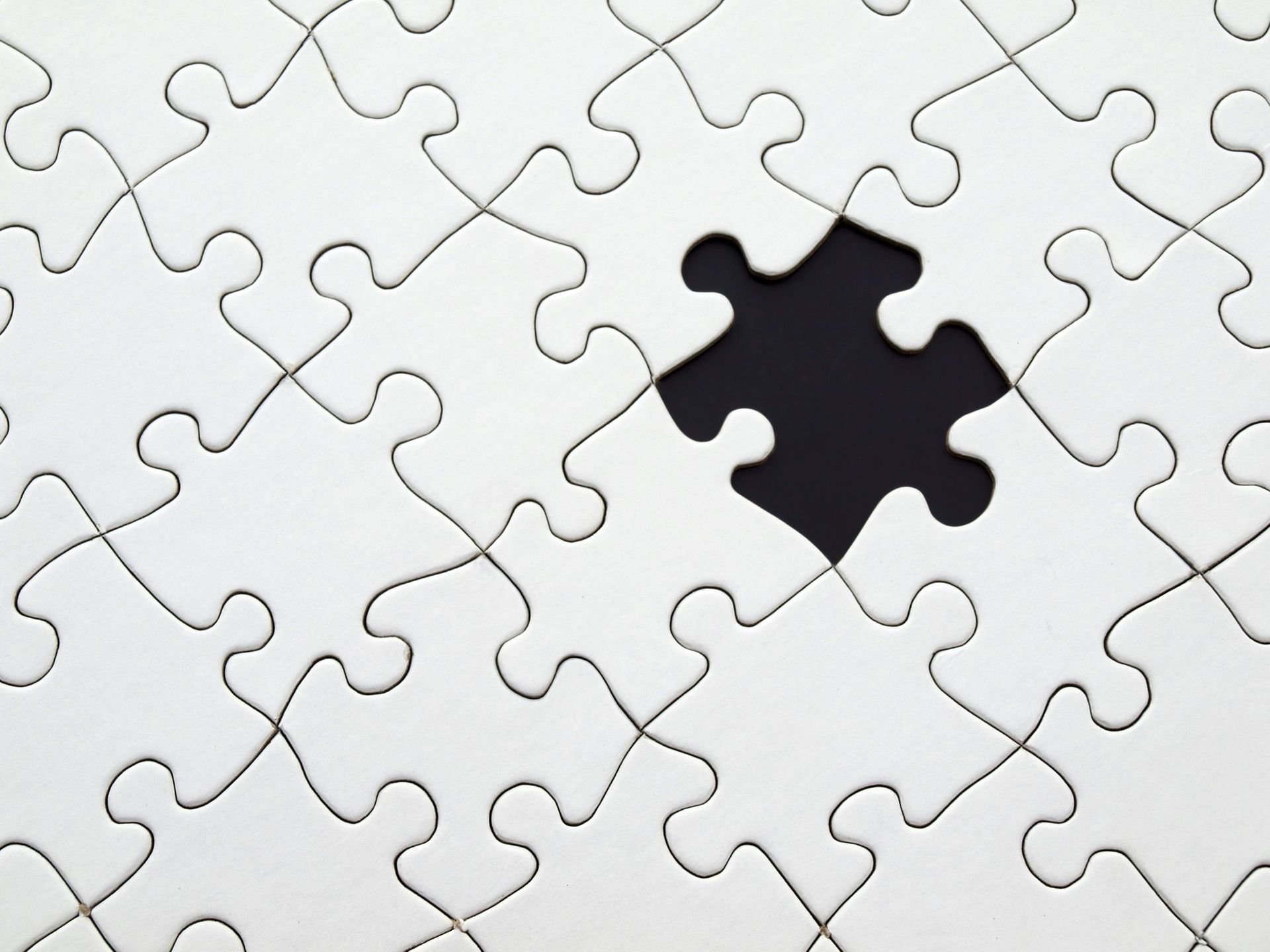In the words of the Rolling Stones… all I hear is Doom & Gloom. Show me a bit of sunshine!
Winter is bleak enough, without a looming recession, high inflation and now the threat of food rationing. As consumers feel the pinch and businesses face soaring costs, a lot of brands are questioning how they can best connect with consumers at this time.
ITV’s recent ‘Race to the Top’ webinar highlighted that despite the pressures, people are still spending, but assessing value in different ways. The ITV study found that whilst price is important, quality came a very close second as a factor of choice. Consumers were also more likely to purchase when brands communicated why prices needed to go up and didn’t mind paying for something if it made them feel good. This emotional hook could be rooted in the social or sustainable benefits from buying a brand, or simply by offering those everyday magic moments; like a home interiors advertiser suggesting little home lifts, or an indulgent me-time snack.
TGI’s Global Quick View 2023 study shows that if UK adults had to reduce spending due to the cost-of-living crisis, they would prioritise holidays and going out to eat and drink. Consumers don’t want bleakness right now, they want uplifting experiences that enrich their lives. So, before brands turn to price discounting as a value incentive, perhaps they should consider their customers’ needs and how value may be added in other ways. Then communicate that in an entertaining but empathetic way.
Karen Light
Sources: Race To The Top: How brands should respond to the cost of living crisis (itvmedia.co.uk)
GB TGI December 2022-© Kantar - “If you have to reduce your spending due to the cost-of-living crisis, which of the following would you prioritise spending your money on?” (top choices in Britain, by % adults): 29% Holiday/Short Break, 27% Going out to eat or drink
System1 Group – Innovating in a Recession Jan 2023





